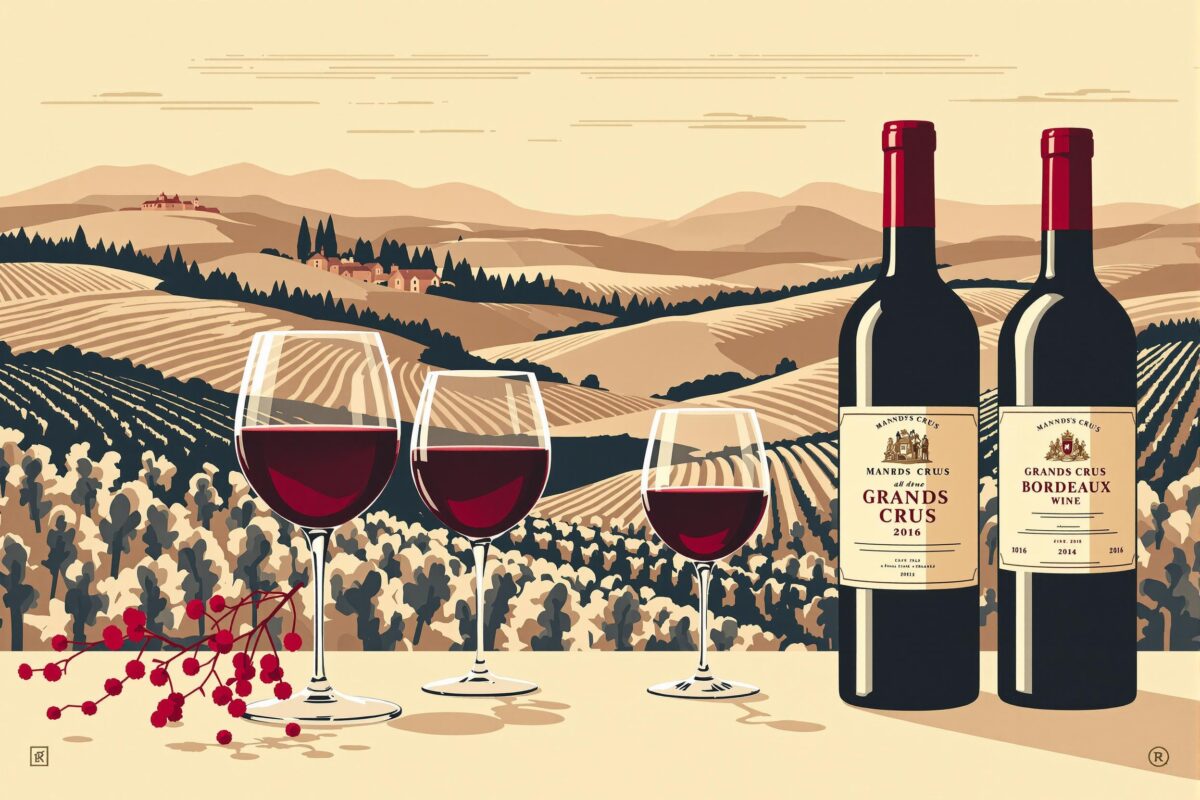The Legacy of Bordeaux: An Introduction to Grands Crus and Vintage Wines
Bordeaux, synonymous with exceptional wine, beckons connoisseurs and collectors. This French region’s prestigious appellations and meticulously crafted vintage wines hold a unique place in viticulture. Grands Crus, Bordeaux’s esteemed classification, represents the pinnacle of winemaking artistry, showcasing exceptional terroir and time-honored traditions. From robust reds to elegant whites, Bordeaux wines offer a spectrum of sensory experiences. Each bottle tells a story of its specific year and vineyard. The North American market’s growing appreciation fuels demand for both iconic estates and hidden gems. To truly understand Bordeaux, explore its rich heritage, the nuances of vintage variation, and the expertise guiding wine selection, like that of Spago’s Matt Dulle. Let’s embark on a comprehensive journey into the heart of Bordeaux—examining its legacy, trends, expert perspectives, and practical advice.
Decoding the 1855 Classification and Grands Crus
The 1855 Bordeaux Classification, a landmark event, categorized Médoc and Sauternes wines into five growths (Premiers Crus to Cinquièmes Crus), solidifying the concept of Grands Crus. While debated and evolved, this classification remains key to understanding Bordeaux’s hierarchy of excellence. Grands Crus wines come from superior vineyards, reflecting exceptional terroir, meticulous viticulture, and winemaking prowess. These classifications aren’t just historical footnotes; they denote a commitment to upholding exceptional standards. Grands Crus estates often boast prime vineyards, rigorous selection processes, and substantial investments in both vineyard care and winemaking. The pursuit of Grands Crus wines is a search for the epitome of Bordeaux terroir and tradition. Understanding Grands Crus is crucial for navigating Bordeaux’s complexity and identifying exceptional wines with investment potential. The 1855 classification’s legacy continues to resonate, guiding collectors and shaping market trends.
Vintage Variation: The Heart of Bordeaux
Vintage variation defines Bordeaux. Unlike regions with consistent climates, Bordeaux’s yearly weather fluctuations impact grape development, creating diverse wine characteristics. A “great” vintage—warm, dry growing season—yields concentrated, age-worthy wines. However, “off” vintages can produce charming, approachable wines with excellent value. Understanding vintage charts and expert reports is essential. Experienced wine drinkers relish the uniqueness of each vintage, knowing that skilled winemakers produce compelling wines even in less-heralded years. The North American market’s growing sophistication includes a deeper understanding of vintage variation, moving beyond simply chasing celebrated years. Embracing this variation opens a broader spectrum of Bordeaux experiences.
2022 Bordeaux Highlights and Market Trends: Exploring the Latest Vintage
The 2022 Bordeaux vintage sparked excitement. Initial reports suggest warm, dry conditions led to concentrated flavors, ripe tannins, and potentially high alcohol. Early assessments indicate a unique balance and aromatic complexity. Premium pricing is anticipated for many 2022 releases, reflecting perceived quality and market demand, especially from North America. Wine trends show continued enthusiasm for top Bordeaux estates, particularly Grands Crus from renowned appellations. The Union des Grands Crus de Bordeaux (UGCB), representing over 130 prestigious estates, promotes Bordeaux and showcases each vintage’s quality. 2022 Bordeaux presents a compelling opportunity for collectors and investors. However, careful selection and informed decisions are essential. The North American market undeniably influences Bordeaux trends, impacting pricing for both new releases and back vintages.
Decoding 2022 Bordeaux Vintage Characteristics
2022’s hot, dry growing season posed challenges and opportunities. Extreme heat and drought demanded meticulous vineyard management. Despite this, many reports note good acidity retention, contributing to balance and freshness. Aromatic profiles promise richness and complexity, with ripe fruit and concentrated tannins. Early tastings suggest power and structure, requiring time for integration. Initial impressions point towards aging potential, particularly for Cabernet Sauvignon-dominant Médoc wines and potentially Merlot-based Right Bank wines. Understanding 2022’s nuances is key for North American buyers.
Market Trends and Investment Potential of 2022 Bordeaux
Market trends for Bordeaux indicate strong demand for top vintages and Grands Crus estates. The 2022 vintage is expected to follow suit, with global interest—particularly from North America. Premium pricing is anticipated for many releases, reflecting perceived quality and scarcity. Investment potential is significant, especially for classified growths. However, market dynamics depend on global economics and consumer preferences. Diversification and informed selection are crucial for maximizing returns and mitigating risks.
More content to reach character count goals goes here… Consider adding details about specific appellations, discussing the impact of climate change on Bordeaux, and elaborating on the role of technology in winemaking and marketing. You can also incorporate more quotes from Matt Dulle or other experts, or add more specific examples of individual wineries and their 2022 vintages. Be sure to break up any long paragraphs and maintain the overall tone and structure.
